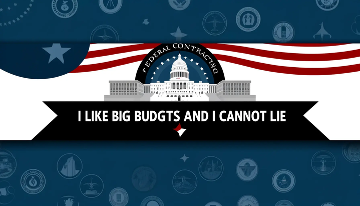In the federal contracting sphere, too often proposal teams discuss scope and capture based primarily on budget size rather than a deep understanding of the work required. This approach, while potentially lucrative, inevitably leads to inefficiencies, wasted resources, and, frankly, subpar outcomes. The root of the issue? A disconnect between the actual technical needs of government IT projects and the preliminary budget estimations that drive contractor bids.
This misalignment is not solely the fault of contractors. The government is also complicit by “doing whatever we did last time” and not always engaging effectively with industry to dive into the nuances of highly technical requirements and the structure of the contract to execute them. Without this crucial dialogue, projects are set up with a shaky foundation, built on assumptions of incumbency rather than informed expertise.
The consequences? We see projects that not only exceed budgets due to misallocation within the project workstreams but also fall short of their operational promises. This is more than just a fiscal issue—it’s a matter of failing to meet critical public needs efficiently and effectively.
It's time for a shift. Both government and industry must move towards more transparency and genuine collaboration. Organizations like the Digital Services Coalition, AFCEA and others are a great start, but we need more venues where government product owners come together with industry to collaborate. Only through open communication and a shared commitment to understanding the full scope of work can we transcend the cycle of "budget chasing." This approach will not only ensure taxpayer money is used more effectively but also elevate the quality of service delivered through federal contracts.
So in summary, lets prioritize meaningful outcomes over financial gains. We can truly increase the value and impact of our collaborative efforts to citizen services and other critical government missions.




